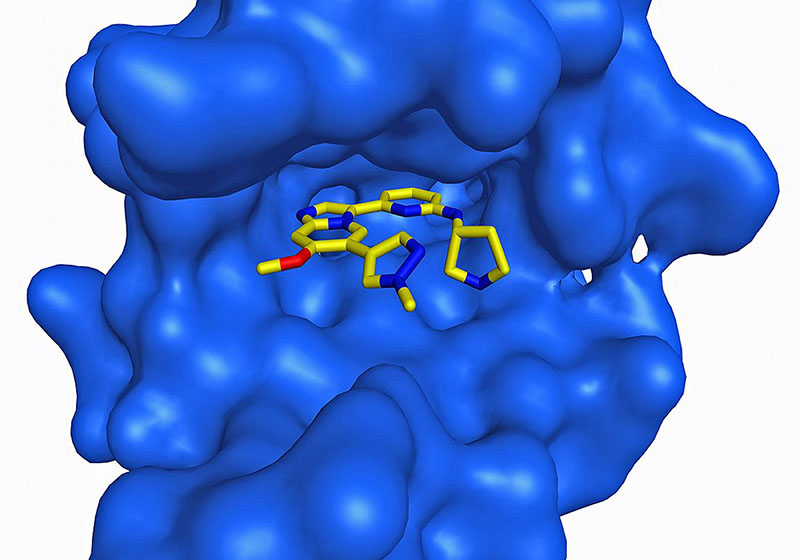IRP, Cincinnati Children’s scientists develop potential strategy against leukemia drug resistance
Two-pronged approach stymies AML escape plan, could have applications to many cancers
Scientists from the National Institutes of Health and Cincinnati Children’s Hospital Medical Center have devised a potential treatment against a common type of leukemia that could have implications for many other types of cancer. The new approach takes aim at a way that cancer cells evade the effects of drugs, a process called adaptive resistance.
The researchers, in a range of studies, identified a cellular pathway that allows a form of acute myeloid leukemia (AML), a deadly blood and bone marrow cancer, to elude the activity of a promising class of drugs. They then engineered a compound that appears to launch a two-pronged attack against the cancer. In several experiments, the compound blocked a mutant protein that causes the AML. At the same time, it halted the cancer cells’ ability to sidestep the compound’s effects. The results, reported Sept. 4 in Science Translational Medicine, could lead to the development of new therapies against AML and cancers that act in similar ways.
Co-corresponding authors Daniel Starczynowski, Ph.D., at Cincinnati Children’s, Craig Thomas, Ph.D., at NIH’s National Center for Advancing Translational Sciences (NCATS) and their colleagues wanted to better understand drug resistance in a form of AML caused by a mutant protein called FLT3. This form of AML accounts for roughly 25% of all newly diagnosed AML cases, and patients often have a poor prognosis. A more thorough understanding of the drug resistance process could help them find ways to improve therapy options.
This page was last updated on Friday, January 21, 2022
